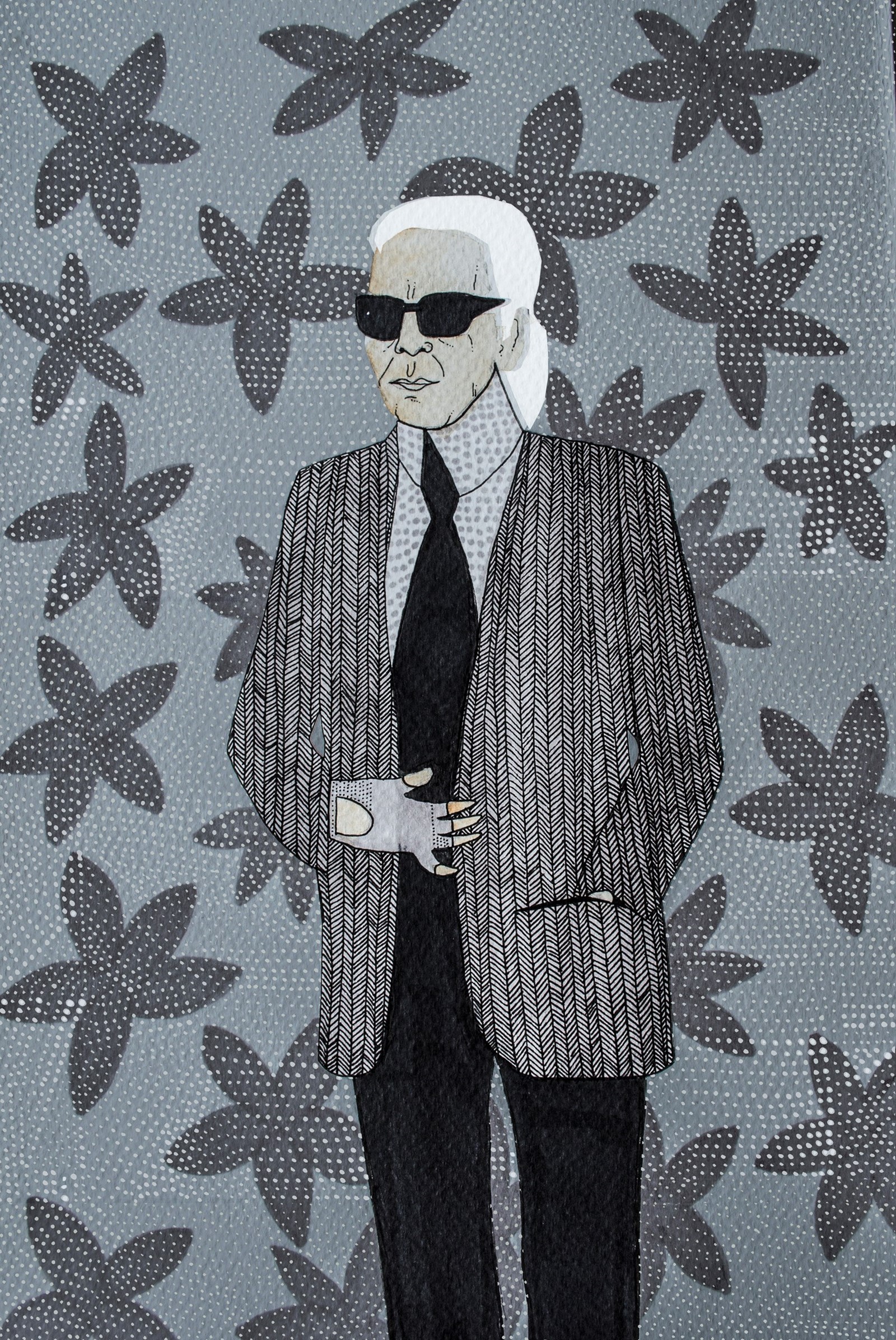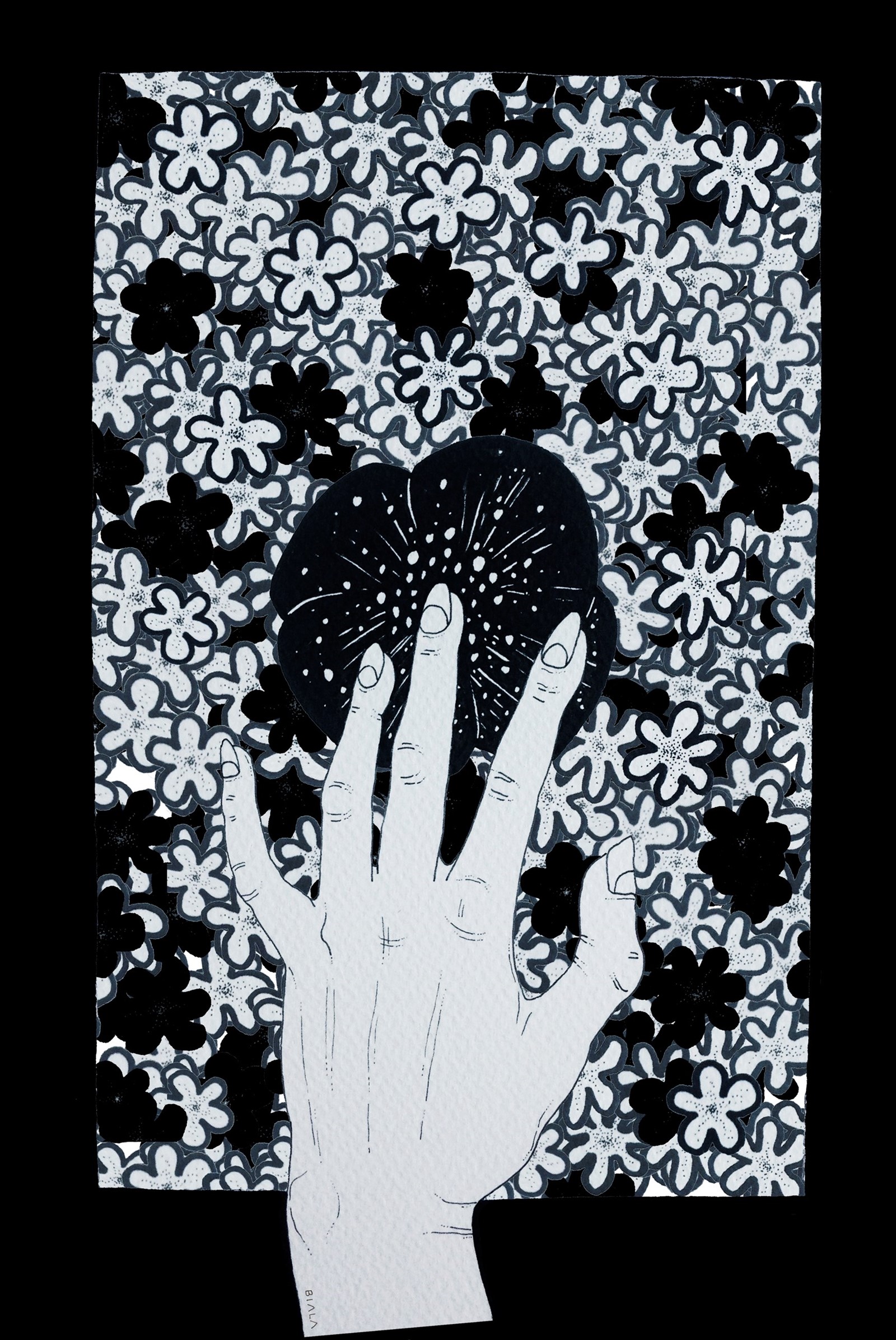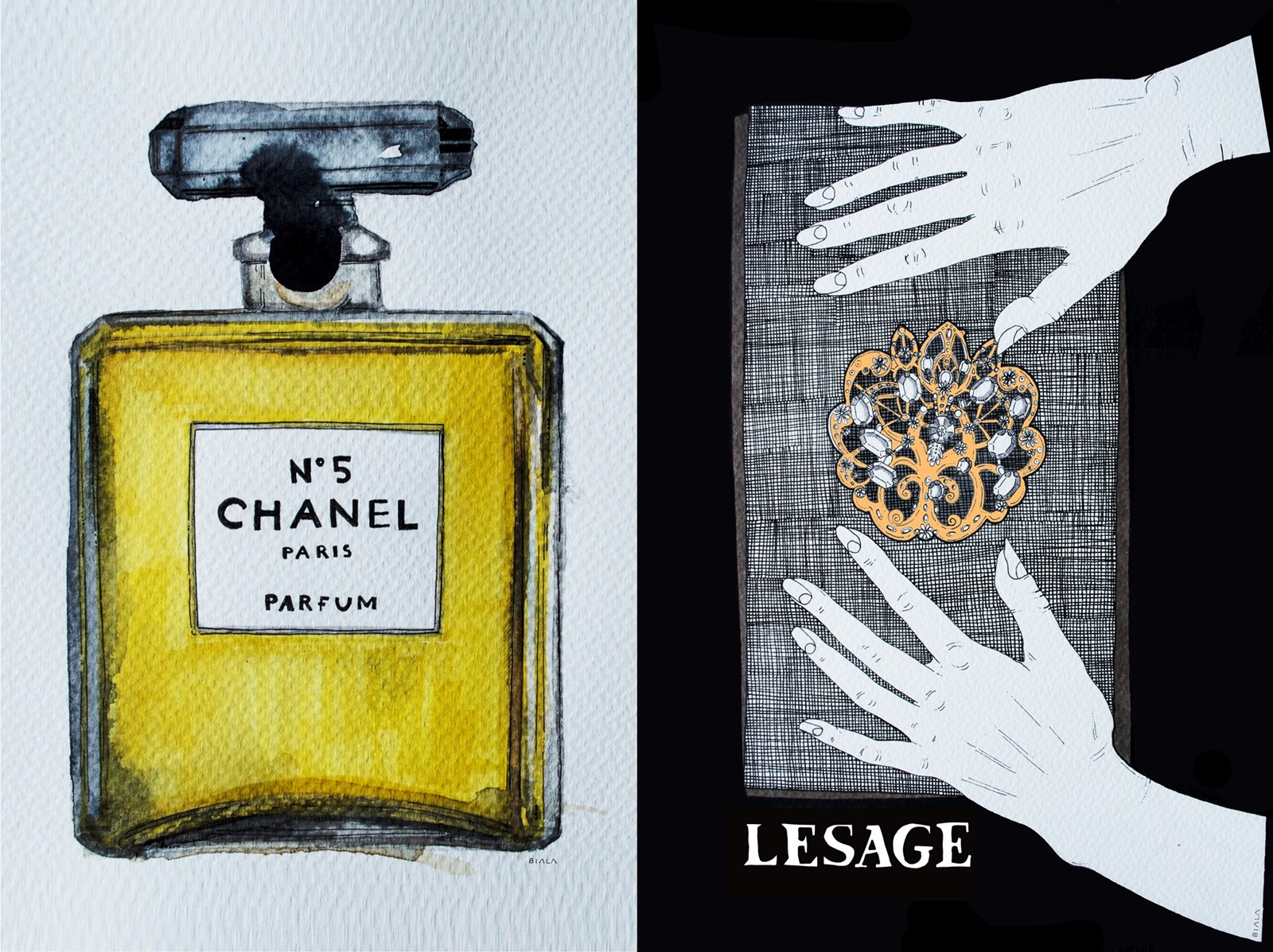Turning up at the gates and announcing "I’m here for an embroidery lesson" is never likely to feel like the most emancipated moment in a woman’s life. It’s all rather Jane Austen and perhaps therefore an ‘accomplishment’ too far. However, given that said lesson comes courtesy of Maison Lesage (the undisputed masters of the craft in question) and, later, Lemarié (the equally feted specialist in fashion feathers and flowers), it’s safe to say that it’s not just any old sewing class. In fact, the experience goes right to the heart of the marvelous Mlle Privé exhibition at the Saatchi Gallery in London, which opened earlier this month with quite some fanfare – and which the powers that be describe as "a journey through the origins of Chanel’s creations capturing the charismatic personality and irreverent spirit of Mademoiselle Chanel and Karl Lagerfeld."

"I think Chanel is about a dream," Chanel’s President of Fashion Bruno Pavlovsky said just before the show’s doors were opened, "and we have to position ourselves keeping this dream alive." Above all – and the huge budgets required to communicate that dream aside – Chanel is about ‘creativity’ M Pavlovsky continued. "We need to say something about that and to go behind the scenes, to explore how M Lagerfeld is working with the patrimony of Chanel to create a future."
Mlle Privé achieves just that, embracing everything from popular culture to fashion at its most elevated, from history to modernity, from a room dedicated to Chanel No. 5 – vats emulating those employed by the perfumers at Grasse where the juice is madewhich emit huge wafts of that lovely scent – to delicate x-rays of haute couture gowns, lit from within and with every last lovely detail exposed.

The latter and the re-edition of the 1932 Bijoux de Diamants collection is certainly a high point. There is a modesty around this great status name, however, that allows it to show these priceless gems alongside a film featuring a spat between the ghost of Gabrielle Chanel (played by Geraldine Chaplin) and Lagerfeld. "What do you think you’re doing?" she wonders, in no way concealing her contempt. "Keeping you alive," he replies, deadpan. Then there are Lagerfeld’s life size portraits of Chanel ambassadors including Julianne Moore, Kristen Stewart, Vanessa Paradis and her daughter Lily-Rose Depp, animations of Mlle Chanel descending the famous Paris Rue Cambon staircase, a room featuring no less than eight kilometres of fabric including, of course, the legendary lightweight tweed that guests are invited to walk through and touch, Chanel gardens, a French one and an English one designed by the Rich Brothers and loaded with the symbols that the house’s namesake valued so highly, wheat for good fortune, being just one example.
"‘I think the exhibition is quite stunning,’’ Lagerfeld himself confirms, having been shown around the space for the first time. "But Chanel is in fact a very light, modern, unpretentious operation. We work with our instincts. The idea of board meetings talking about a handbag for three hours, it’s never happened to me in my life and it must not happen. Work with your instinct. Your instinct has to be right. It’s like an instrument."
Testimony to the fine tuning of that instrument was Chanel’s 1997 decision to set up a subsidiary company, Chanel Paraffection S.A., and begin investment in some of Paris’s most feted ateliers – including Lesage and Lemarié, Goossens (costume jewellery), Massaro (couture footwear), Maison Michel (hats) and many, many more. At least some of them were facing hard times – some even extinction – before it did.

These insider fashion institutions have served not only Chanel, but any house worth its credentials creating the frills, furbelows and delicate finishing that goes into the making of the finest fashions in the firmament for years. "Again it’s about creativity," Pavlovsky explains. "You need to have the best ateliers. It was a huge opportunity for us to ensure that, twenty years from now, these people will be able to support fashion houses – not only Chanel but also the rest of their customers. Of course, they existed in their own right and they still exist in their own right, but it is for us to protect their creativity and to keep their know how in Paris."
For all the audacity of Mlle Privé, and the increasingly elaborate nature of Chanel’s ready-to-wear and métiers d’art collections in particular, nothing quite evokes the emotional power of the clothes at the core of its business so much as sitting quietly with those who help make them – and learning even a little about the skills they employ. The petites mains who staff Maison Lesage guide those far less gifted than they are as we thread tiny sequins and crystals and sew them onto filigree metal. Next door, now with the help of Lemarié, silk gazar camellias – Chanel’s signature flower – and flattened daisies are lovingly applied by those lucky enough to be in attendance to fine gauze. Both classes last a total of one hour and, at the end of each, these relatively diminutive tasks are complete. Mere novices have covered no more than an area of about five centimetres square (Lesage) and maybe ten by eight (Lemarié). For all their imperfection – and even with more than our fair share of help there are inevitably flaws – the end result, touched as it is has been by even the most ham-fisted human hand, is magical.
Madmoiselle Privé is at Saatchi Gallery until November 1
